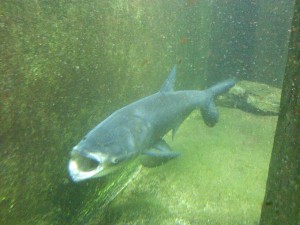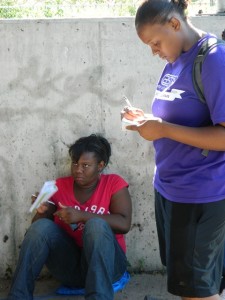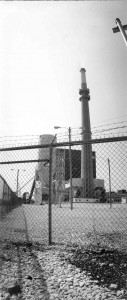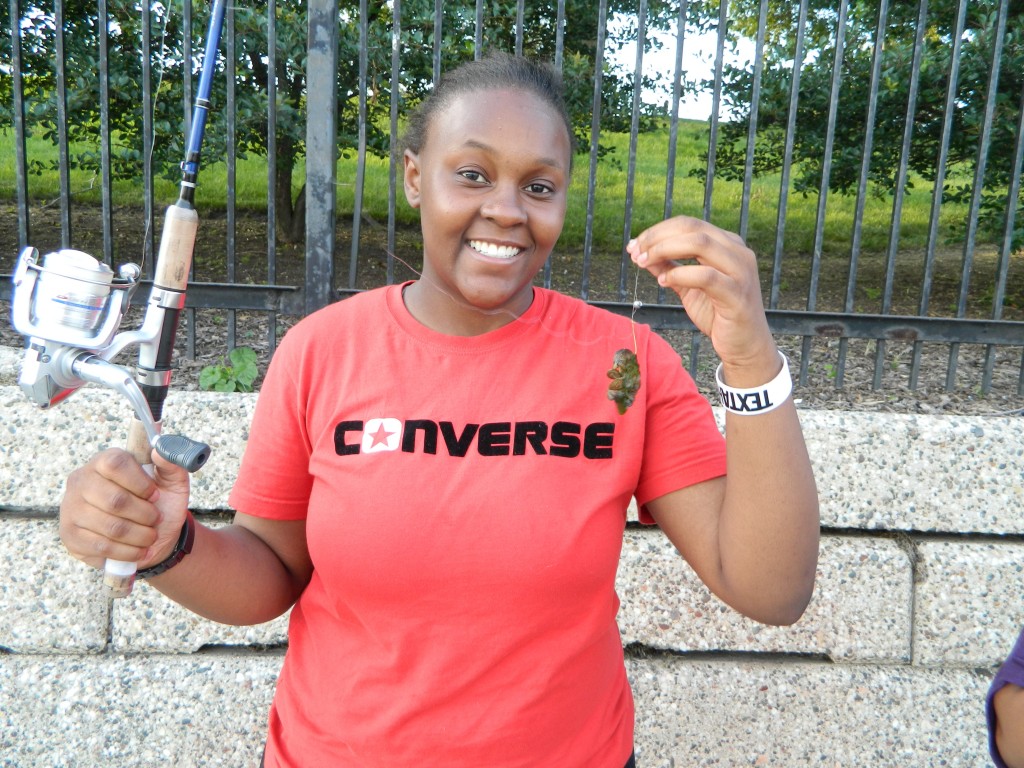A Weekend of Firsts
by Editor’s Note: The following story was written by a student in our first-ever Eco Youth Reporters program, conducted in conjunction with award-winning journalist Kari Lydersen, Michigan State University’s Knight Center for Environmental Journalism, and Imagine Englewood If, a youth services organization based in that South Side neighborhood. The Eco Youth Reporters program is generously funded by the McCormick Foundation:

Eco Youth Reporters visit the studio of “Off The Record,” a student-produced television news program, on the campus of Michigan State University as part of a group trip to that academic institution. Photo by Micah Maidenberg
The second weekend of November, I traveled to Michigan State University. It was a weekend of firsts for me. I had never been on an Amtrak train before. I also had never stayed over in a hotel. And I had never visited a college campus before.
Our group left on Saturday, Nov. 12, from Union Station in Chicago. The train was gray on the outside. Inside, it had comfortable seats, with a button on the side allowing you to lean back. There was a food court where I bought a breakfast sandwich and an orange juice
Read more »
Categories: Homepage UYIJP




